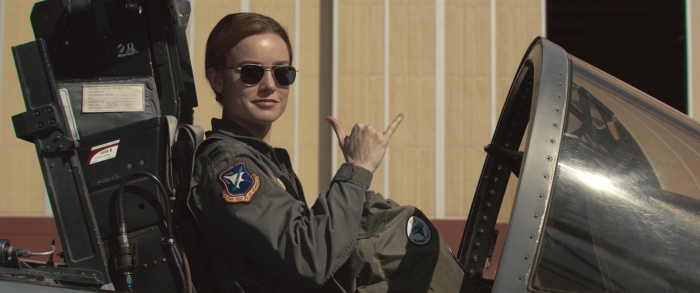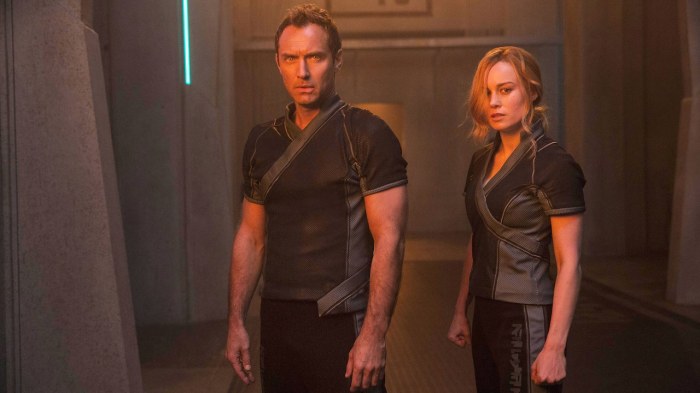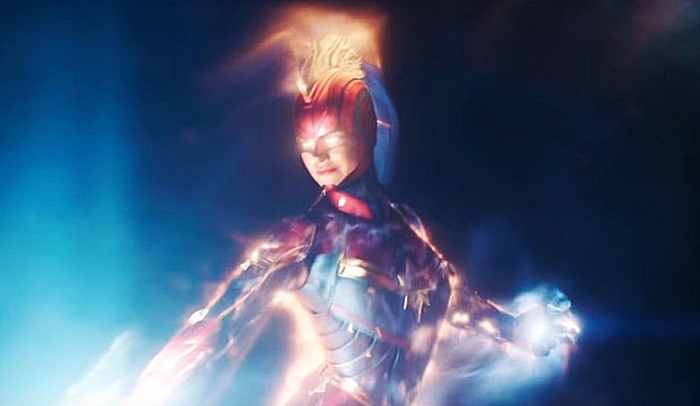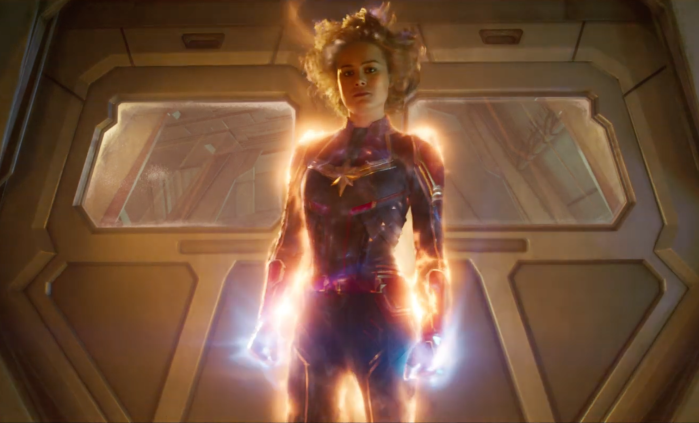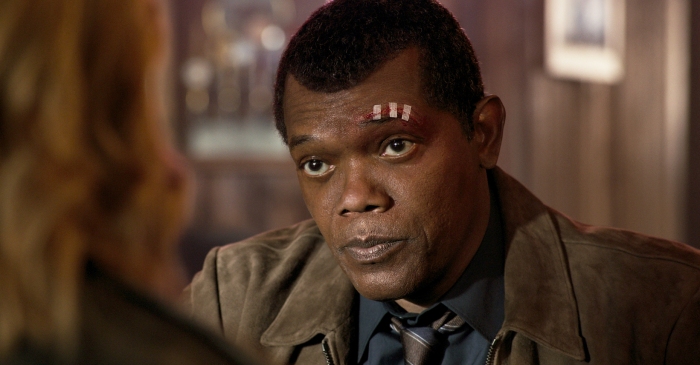It finally happened! I saw a relatively current movie, and in fact, I saw two in a row in what was my first ever theater-bound doubleheader experience. Spider-Man: Far From Home is Marvel’s latest billion-dollar film, was released way back on July 2nd, and it was actually the second of the two films that I saw, but I’ll be talking about it here first given its earlier release date (tune in next week for my thoughts on Crawl, that ridiculous alligator-hurricane horror film that has been surprising people on the Rotten Tomatoes scoreboard). After a month of having had this film available to you – and I say this knowing full well that it took me over a month to write about it – I feel like I don’t super need a spoiler warning, but here’s one for you anyways: I’m going to be at least hinting at major plot points below, and if you aren’t familiar with the characters of Spider-Man and Mysterio in the comics, you may want to wait to see this movie before reading, however far in the future that may be for you.

A question my boy Tobey was probably never fit to answer given the continued aging of his movies: does Spider-Man text and swing, and if so, what does it look like?
To say the least, Far From Home is exactly what you’d expect, but that doesn’t really make it any less fun than it is. Like any Marvel movie worth its salt, it contains a smattering of family-friendly one-liners, a few of which are legitimately funny, and it’s packed with comic book beat-em-up action. The visuals – best highlighted by the Elemental fights and (later on) the Mysterio mind-melding special effects sequences, which play much like scenes from Doctor Strange in all their mysticism – are predictably excellent and on-par with the surrounding universe, and Michael Giacchino‘s jaunty score reprises a number of the themes introduced in Spider-Man: Homecoming. None of it – save, perhaps, for Zendaya‘s interesting take on Mary Jane, her awareness of Peter’s secret (great poke-fun-at-yourself moment here) and her eventual folding into the group that Peter’s friend Ned dubs “FOS – Friends of Spider-Man” – is particularly new or exciting relative to both the practices of the surrounding MCU and the Spider-Man mythos as we’ve known it since the Tobey Maguire days, but that certainly doesn’t mean it’s bad or remotely the worst of the countless Spider-Man films we’ve been given; we need only revisit the Andrew Garfield era, which wasn’t even all that bad in its own right, to be reminded of that. Couched within its MCU clothing, Far From Home does its best to contain a teenaged love story that has its fair share of cute moments, and certainly does its damnedest to diversify the film from its contemporaries using that juicy center, but that’s about its only real source of originality.

The dreaded Hybrid Elemental: a combination of Earth, Wind, Fire, and Water, and most likely a CGI nightmare for some poor overworked Marvel Studios graphic artist.
Spider-Man: Far From Home is in the unique position of having to clean up a lot of the plot-hole-riddled mess left behind by Avengers: Endgame, and it does this fairly well, even going so far as to take advantage of the fact that age gaps have changed in light of the “blip” (why they changed the terminology from the original “Snap” I do not know) in the form of comedy (at one point, we find the ever-annoying and cleverly reinvented Flash Thompson trying to order an alcoholic drink but being refused because he spent five years “blipped”). Some of this expositional detail isn’t delivered quite as gracefully as it could have been, following the format of Homecoming to breathlessly cram as much catch-up data as possible into a beginning segment that’s framed as a student-made YouTube video, but given the task of explaining to audiences how things will be post-Snap, along with the time constraints, it’s at bare minimum a reasonable attempt. And as can be readily imagined based on the outcome of the Endgame, and as promised by Far From Home‘s spoilerific final trailer that came out just after Endgame was released, a lot of the emotional content of Spider-Man’s second MCU outing focuses on Peter Parker’s addressing both his grief in the absence of mentor/father figure Tony Stark and the feeling that the metal shoes left behind are his to fill. This last transitional vestige of Phase 3 is handled reasonably well here, allowing for some well-composed scenes involving the oft-forgotten Happy Hogan, and naturally appearing to indeed frame Peter Parker as the prodigal son inheriting Stark’s tech wisdom, heroic mantle, and of course his toys. Tom Holland certainly seems up to the task, and continues to be one of the MCU’s most exciting young stars, urging us to hope that with all of the craziness promised in Phase 4, and with the continued contract dispute between Marvel and Sony, he remains involved.

The MCU’s take on Spider-Man’s Stealth Suit, which essentially looks like what Idris Elba is wearing for all of Hobbs & Shaw. Maybe they have a costume-sharing deal between the franchises?
But Spider-Man’s biggest weakness is in a sense also it’s biggest strength, and this goes back to its source material. A problem that I don’t often encounter when watching entries in the MCU – both because of my own lack of familiarity and because of Marvel’s too-occasional penchant for making bold character choices – is knowing what’s going to happen because I have a certain (limited) degree of knowledge about the comics upon which the films are based, but in Spider-Man: Far From Home, anyone who is aware of Spider-Man beyond the many films featuring him will know that Jake Gyllenhaal‘s Quentin Beck will turn out to be a turncoat. While I’ll readily admit that this made Mysterio essentially no less fun to watch, and while such a phenomenon has also surely shown up in other films, laying character’s hidden motives bare for any of Marvel’s truly initiated (Aldrich Killian in Iron Man 3, anyone?), it inevitably takes a bit of the wind out of the sails of the big reveal scene in Prague. It’s still very well-sold by Gyllenhaal, who is clearly having the time of his life being part of the MCU – and who reportedly wanted to be seen wearing his suit whenever possible on camera – but knowing that the turn is coming only adds to the sense of “let’s get this over with” that the film at times seems to weirdly embrace. With all that said, the cameos involved in the reveal of Beck’s special-effects team are awfully fun, providing an Endgame-ish set of flashbacks to Iron Man and Civil War while also posthumously calling into question Tony Stark’s already arguably dubious code of ethics.
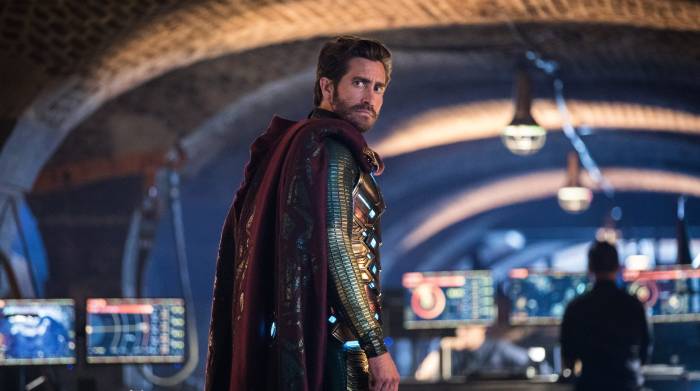
Quentin Beck: known thanks exclusively to an Italian newscast as Mysterio.
Spider-Man: Far From Home doesn’t find the MCU quite at the height of its powers, nor the height that Endgame reached, but if you saw it with such high expectations as those, you probably shouldn’t have, and were bound to be let down in some way. For what it is – the latest standalone entry in an ages-old character’s story, pitting him against a classic villain with a new MCU-ified twist while shooting some of its subtler webs in the direction of future films – it’s probably about as good as it could have been. The mid- and post-credits scenes, complete with a downright glorious J.K. Simmons cameo in his fated return as J. Jonah Jameson, give us a meaty cliffhanger for Spider-Man’s own character arc while also fueling the fiery question on everyone’s mind by the film’s end: where are the Avengers, and why are they leaving a kid to fend for himself? We’ll assumedly find out in Phase 4.

Zendaya’s Mary Jane, shown here thinking about how much dating Spider-Man is going to improve her morning commute.
Tune in next week for something completely different: a discussion of the zany but decently-crafted survival antics of Crawl. In the meantime, thanks for reading!
